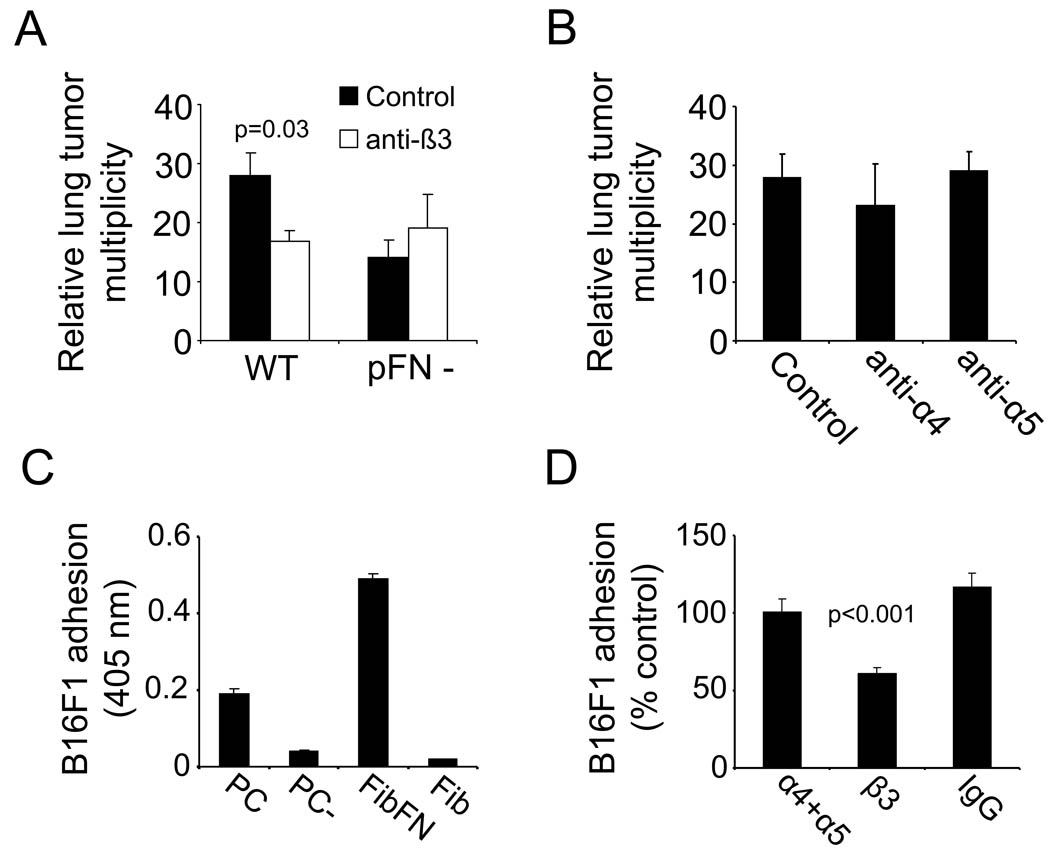Fig. 3. pFN acts through tumor cell integrin αvβ3.
(A), number of metastatic lesions on lungs of WT and pFN-deficient mice two weeks after i.v. injection of anti-β3 integrin treated B16F1 cells (100 µg/ml). (B) B16F1 cells were incubated with antibodies against integrin α4 and α5 (100 µg/ml) prior to i.v. injection into WT mice and metastatic lesions were counted two weeks after tumor cell injection. (C), B16F1 cells were allowed to attach to plates coated with solubilized clot materials from plasma (PC), pFN-depleted plasma (PC-), FibFN or fibrin (Fib) (ea. 10 µg/ml). (D), adhesion of B16F1 cells to plates coated with FibFN was tested in the presence of 100 µg/ml function blocking antibody against α4, α5, β3 integrin or control IgG in correlation to adhesion of untreated B16F1 cells.

